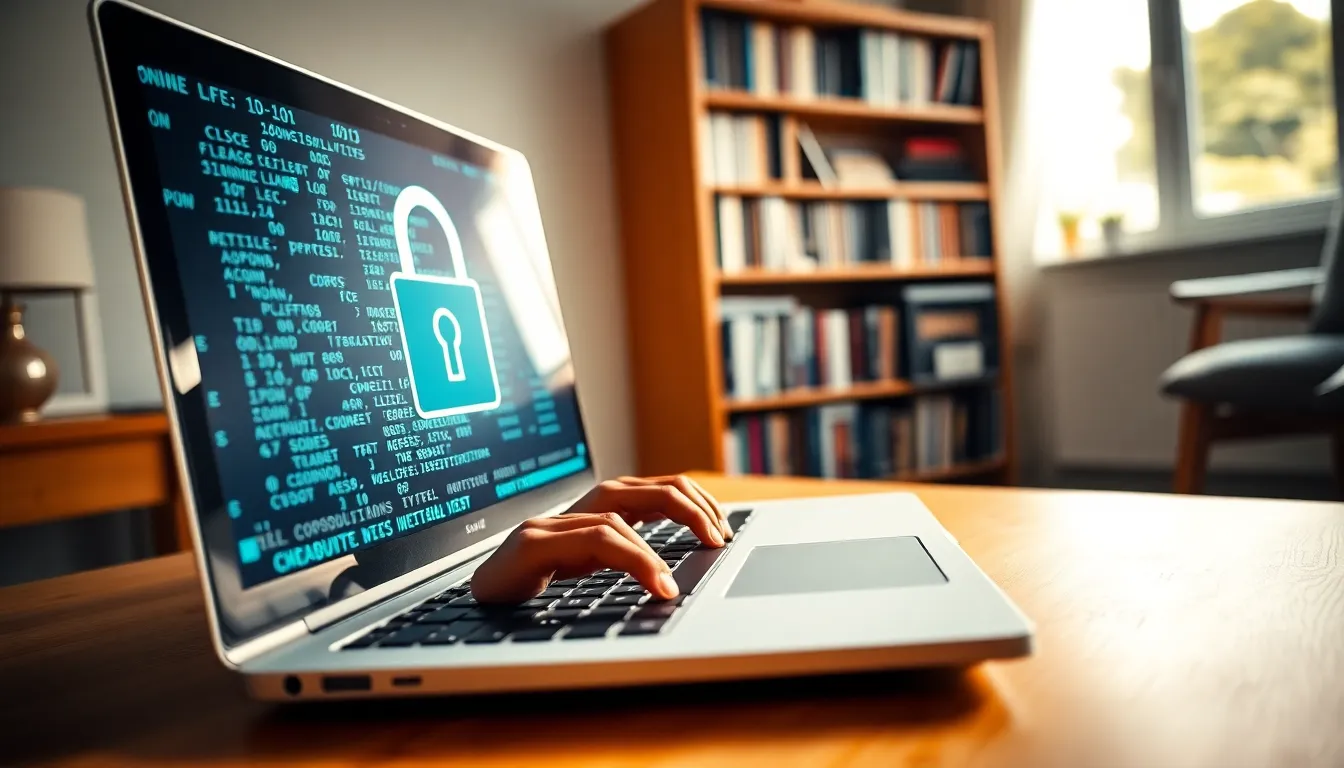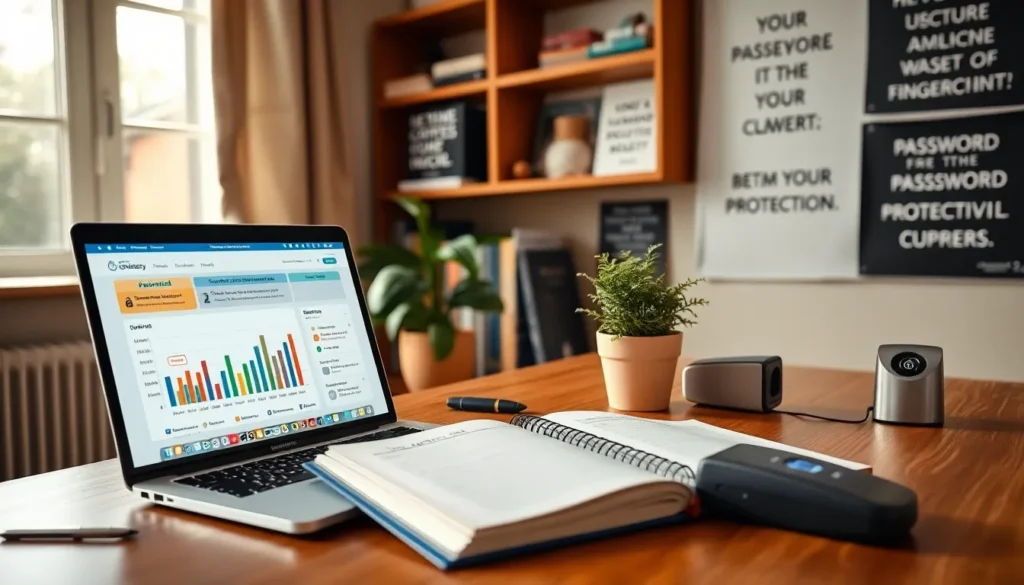Table of Contents
ToggleIn an age where personal data is constantly under threat, ensuring online privacy and security is paramount. Individuals are more connected than ever, which makes them vulnerable to a range of cyber threats. From identity theft to privacy violations, the risks are real. This article delves into practical steps everyone can take to keep their online life secure, focusing on essential tools and strategies that provide “lots of power” for safeguarding personal information.
Understanding Online Privacy and Security

Understanding the intricacies of online privacy and security is the first step towards safeguarding personal data. Online privacy refers to the ability individuals have to control what information they share, and with whom they share it. In the digital landscape, every action, from browsing to shopping, leaves a trail of data that can be exploited if not properly managed. Security, on the other hand, refers to the protective measures taken to prevent unauthorized access to data.
To effectively navigate this landscape, it’s essential to recognize the threats one might face, including malware, phishing attacks, and data breaches. Building a strong foundation in these areas not only helps in making informed decisions but also encourages proactive measures to protect sensitive information.
The Importance Of Strong Passwords
Creating strong, unique passwords is one of the simplest yet most effective ways to enhance online security. A password is often the first line of defense against unauthorized access. Here are some key points to consider when developing strong passwords:
- Length and Complexity: A strong password should be at least 12 characters long and include a mix of uppercase letters, lowercase letters, numbers, and special characters.
- Avoid Common Words: Refrain from using easily guessable information, such as birthdays, names, or common words. Passwords like “password123” are not secure.
- Different Passwords for Different Accounts: Using the same password across multiple sites increases vulnerability. If one account gets compromised, all others could be at risk.
- Password Managers: Consider using a password manager to generate and store complex passwords securely, making it easier to maintain unique passwords for various accounts.
Utilizing Two-Factor Authentication
Two-factor authentication (2FA) is an essential security measure that adds an extra layer of protection to online accounts. By requiring two forms of verification before granting access, 2FA significantly reduces the risk of unauthorized access.
How 2FA Works
When logging into an account, users typically enter their password, followed by a second verification step. This can be:
- A code sent via SMS or email
- A verification app generating time-sensitive codes
- A biometric scan, such as a fingerprint or facial recognition
Benefits of Implementing 2FA
- Enhanced Security: Even if passwords are compromised, the second verification step can prevent unauthorized access.
- Ease of Use: While slightly more cumbersome, the added security is worth the minor inconvenience, especially considering the amount of personal data commonly stored in online accounts.
Implementing VPNs For Enhanced Security
Virtual Private Networks (VPNs) are powerful tools for enhancing online security and privacy. By creating a secure, encrypted connection between the user’s device and the internet, VPNs protect data from eavesdropping.
Advantages of Using a VPN
- Secure Data Transmission: VPNs encrypt internet traffic, making it difficult for hackers to access personal data.
- Anonymity: VPNs mask the user’s IP address, providing anonymity while browsing, which is especially important when using public Wi-Fi networks.
- Access to Blocked Content: VPNs can help users bypass geographic restrictions, allowing access to content that may be blocked in their location.
But, it’s critical to choose a reputable VPN provider, as some free services may compromise security by logging user data.
Staying Safe On Social Media
Social media platforms can be a double-edged sword. While they help communication and connection, they also pose significant risks to privacy and security if not managed properly.
Best Practices for Safe Social Media Use
- Privacy Settings: Regularly adjust privacy settings to control who can see posts and profile information. Limit access to only friends or trusted contacts.
- Think Before You Share: Be cautious about the information shared online. Even seemingly innocent details can be exploited by malicious actors.
- Be Wary of Friend Requests: Verify the identities of new connections, as fake profiles are commonly used to gather personal information.
- Watch Out for Scams: Be skeptical of links and messages from unknown sources, as they can lead to phishing attempts.
Regularly Updating Privacy Settings
Online platforms frequently update their terms of service and privacy policies, making it essential for users to stay informed and adjust their settings accordingly. Regularly reviewing privacy settings helps in:
- Maintaining Control: Users can manage how their data is collected and used, and they can revoke access where necessary.
- Reacting to New Threats: Cyber threats evolve rapidly, and keeping privacy settings up-to-date can mitigate potential risks.
- Promoting Transparency: Regular reviews allow users to understand better what data is collected and how it is shared, empowering them to make informed choices about their online presence.
Conclusion
To conclude, taking control of one’s online life requires a proactive approach to privacy and security. By implementing strong passwords, utilizing two-factor authentication, leveraging VPNs, practicing safe social media habits, and regularly updating privacy settings, individuals can significantly reduce their vulnerability to cyber threats. Online life can be fulfilling and secure when equipped with the right tools and knowledge, keeping it under lock and key.







